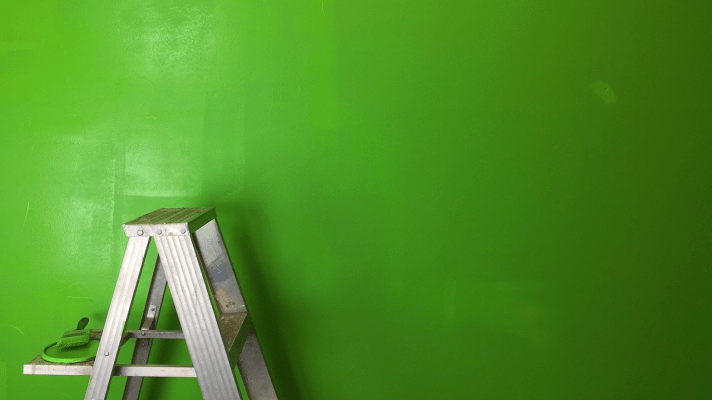Around 85% of U.S. homes were built before 1980 and are now in need of improvements. And since you’re probably spending more time than ever at home, it’s likely you’ve taken an even closer look at all of the things that need fixing. You may even have a growing to-do list of all the repairs and upgrades you want to make over the next few months to improve both your property value and your quality of life.
While some jobs need to be handled by a professional, there are countless other projects that can easily be DIY’d. However, you still need to approach every renovation — regardless of its size and scope — with caution. Although over 20,000 workplace slip-and-fall injuries were reported in California during 2015, you don’t have to be on the clock to become hurt while doing a job. And unless you’d like to be one of the 6.8 million Americans who use assistive devices (like crutches or wheelchairs) to aid their mobility, you’ll want to do everything possible to avoid potential hazards while you’re improving your home. Here are just a few safety tips you’ll want to follow during your next DIY home improvement project.
Always Wear Protective Gear
Aside from knowing how to safely operate power tools and other equipment, you’ll also want to take pains (pun intended) to get yourself the right protective gear. This means you’ll want to wear ear and eye protection, as well as gloves, headgear, and non-slip footwear with closed toes. You should also consider wearing some kind of face mask if you plan on working with any kind of chemicals or with power tools that might produce dust. In addition, take care not to wear loose clothing that could become caught in equipment or that could hinder your movement. Long hair should be tied back to keep it out of your face and to ensure you have a clear field of vision.
Climb Ladders With Caution
During a renovation, you may need to access higher spots in your home that would naturally be unreachable. Using a ladder seems like an obvious solution. But you need to be extremely careful when setting up and climbing a ladder. Even professionals can easily be injured on ladders if they don’t take proper precautions! In general, you shouldn’t use a ladder if you’re tackling a project on your own. You really should have someone there to spot you and to hold the ladder for stability. Be sure to test the ladder first to ensure both it and the ground surface are steady enough to hold your weight. You should follow the “4-to-1” rule, which says that for every four feet of ladder, the bottom of the ladder should be positioned one foot away from the wall (to create an approximate 75% incline). When climbing a ladder, you should keep your weight centered and avoid leaning to one side. Never climb beyond the third step from the top, as the top two rungs should not be used.
Know Your Limitations
Although it can be rewarding to master a new skill and show off your handiwork, you shouldn’t bite off more than you can chew. Before beginning any kind of home improvement project, take the time to research the extent of the work involved. Although the professionals might be able to make it look like there’s nothing to it, starting a project that’s beyond your skillset can be disastrous for your home life. Any project that involves electrical or plumbing work should be left to the experts, as should anything that could conceivably take more time than you really have to spare. While it can be empowering to DIY, it may not always be worth the potential cost savings if you need to hire someone to fix the mess you’ve created later. Confirm that the project is in your wheelhouse before making any moves to keep yourself safe (and sane). It’s also a good idea to do some research on the products you’re using for your DIY project. If you don’t have protective gear, make sure that the products you’re using are eco-friendly and safe to use without special equipment.
By keeping these tips in mind, you can safely pursue a do-it-yourself renovation at home without worrying about too many potential hazards. Happy remodeling!



